Long week on my end! Being free of a cast, although I am very very grateful of it, has been a wee bit more difficult than I had anticipated. It has certainly been a challenge to start walking again, with my biggest limitation being flexibility in my ankle. I am almost able to walk without a limp and I can already do some one legged balancing! Standing and walking all day at work has been especially tough but seems to be getting a bit easier each day. While I can’t stick a climbing shoe on my foot just yet (still a bit swollen and sore), I can now also put some weight on my foot while climbing which has made things SO much easier. I’m hopeful that all of my hard work rehabilitating my leg will pay off and I’ll be back to normal sooner rather than later. I made it a goal of mine to be good to go for April 19th, which is both my birthday and Ontario regionals for sport climbing (after which I would really like to be able to head back outdoors granted I can handle the hike in). Finger’s crossed!
Here’s a picture of me climbing in Lionshead this past season! ![]()
Herbs have been used worldwide throughout history to improve flavour and preserve foods however many of their health benefits have slipped under the radar. Recent research has demonstrated that fresh herbs are a rich source of biologically active polyphenols and essential oils, largely responsible for their antioxidant, anti-inflammatory, anti-microbial, digestion supporting, toxin eliminating and cancer fighting activities. They are also rich in antioxidants, vitamins and minerals, making them no-brainers to add to your diet. The use of herbs dates back to as far as 500,000 years ago, with herbal seeds found in pre-historic caves. North America’s discovery by early explorers was linked to their conquest for easier access to spices and herbs. Egypt used herbs medicinally by 3500BC, with recipes of herb infused oil found in the tombs of Ancient Egyptians such as Cleopatra. To chefs, they’re basic ingredients, but to many of us novices in the kitchen, they can be an intimidating ingredient that we’re unsure of how to use. This article will be a brief herbal guide, answering questions about the health benefits of a few popular herbs, how to cook with them, store them, choose them in a grocery store and grow your very own!
Fresh herbs can be grouped into either tender (e.g. cilantro, basil, and peppermint) or robust (rosemary, thyme, oregano and sage). Typically robust herbs can withstand longer cooking times whereas tender herbs should be added right before the dish is done cooking. Moreover, tender herbs can also be eaten raw and make excellent additions to salads and sandwiches. Although there a few times that dried herbs are recommended, fresh herbs should be a preference in the kitchen since are packed with both flavour and nutrients. Dried herbs typically have a stronger flavour (keep that in mind if substituting for fresh herbs) however they lose a lot of their nutrients during the drying process. With that aside, what are some of the health benefits of these tasty plants?
Coriander (AKA cilantro)
Coriander is a popular Mediterranean herb with a distinct and bright taste that people either love or hate; some describe the taste as a little soapy. It’s rich in a number of healthy essential oils, such as borneol, linalool and cineole, and a number of anti-oxidant flavonoids, such as quercetin and kaempferol. It has been used in traditional medicine to reduce pain, help with weight loss, stimulate sexual desire, deodorize and to help with digestion, with research demonstrating its pain reducing, anti-allergic, anti-septic and anti-cancer activities. Cilantro dried seeds are often used in curries while the fresh leaves are perfect for salsa, guacamole and chutneys, commonly found in Asian and Mexican cuisines. Coarsely chop both the delicate leaves and stems (don’t throw out! These bad boys are packed with flavour!) and toss this herb in your dish towards the end of cooking in order to keep the taste and fragrance intact.
South Western Bean Salad!
Rosemary
Rosemary is a robust herb with a nice pine and lemony aroma. It has been used medicinally to as an anti-oxidant, anti-bacterial, astringent, decongestant, pain reliever, an antiseptic gargle, a liver detoxifier and circulation promoter, especially to the brain. Exciting emerging research has also demonstrated this herb’s superior ability to fight inflammation and reduce risks for cancer, making it a no-brainer in the kitchen. To use rosemary, pull the needles from the sprig opposite to the way they grow, using them either whole or chopped. Since this is a more robust herb, rosemary can withstand longer cooking times.
Lemon Rosemary Coconut Oil Roasted Vegetables!
Sage
This robust herb has been used in traditional European and Chinese medicine, with its biological activities thought to be derived from its essential oil (containing α-thujone, and β-thujone). It also contains bitter substances (such as cornsole), chlorogenic and nicotinic acids, flavones and estrogen like substances. As a result, sage stimulates the central nervous system and digestive tract and has been used to alleviate menopausal/low-estrogen symptoms. Sage has been demonstrated to have anti-fungal, anti-allergic, astringent, anti-septic, relaxant and anti-inflammatory effects. Sage oil can also be used topically to relieve pain (muscle stiffness and rheumatism) or as aromatherapy to relieve anxiety. It has also been used to enhance mental health and concentration and is commonly recognized in infusions as a “thinker’s tea”. Sage can be used whole or chopped, discarding the stems, with a little going a long way to give an earthy and pungent flavour. It’s commonly found in holiday dinners (e.g. stuffing) and makes a delicious addition to roasts (e.g. sweet potato, cauliflower, squash as vegetarian options). A word of caution, sage should not be used by people who suffer from epilepsy (large amounts can cause convulsions) or by pregnant women (thujone may cause uterine stimulation and abortion).
Butternut Squash with Garlic, Sage and Pine Nuts!
Basil
This tender herb contains many flavonoids and essential oils (e.g. eugenol, citronellol) that have been demonstrated to be anti-inflammatory, anti-oxidant, anti-bacterial, anti-cancer and effective at managing blood sugar. Basil tea (hot water over basil) is thought to relieve nausea and growing a pot of basil in the kitchen is thought to keep flies and mosquitoes away (and also smells amazing!). Basil has a fragrant and somewhat sweet taste and makes an excellent addition to soups, salads, pesto and tomato dishes. This herb should is generally added at the last moment while cooking to keep the flavour and aroma intact; prolonged cooking results in the essential oils to evaporate (also reduce health benefits). Since its leaves are easily bruised, gently tear the leaves with your hands or use whole leaves.
Basil and Kale Pesto!
Thyme
This herb is native to southern Europe and Mediterranean regions and has a fragrant minty lemony aroma. Thymol, one of thymes essential oils, has significant antiseptic and antifungal actions. Thyme also has one of the highest antioxidant levels out of all of the herbs, with a total ORAC value of 27426-µmol TE/100 g. This herb is commonly used to reduce gas, fevers, headaches, mucus and cholesterol as well as relieve respiratory ailments. Gargling or sipping on thyme tea or infused water may help with sore throats, bronchitis and coughs as well as manage caries and gingivitis (sometimes used in pharmaceutical anti-septic mouthwashes). When preparing thyme, pull the leaves from the sprig opposite to the direction they grow or use the whole sprig and add sparingly to recipes since it has quite an intense flavour. Since prolonged cooking evaporates its essential oils (reduced flavour and health benefits), thyme is generally added at the last moment in recipes.
Lemon and Thyme Quinoa with Cauliflower!
Peppermint
This herb gets its notorious cool and refreshing taste from it’s essential oil menthol, which effects cold receptors in the skin, mouth and throat. Menthol has been shown to relieve cough and cold symptoms as well as reduce pain and irritation. It has been suggested to also help relax intestine walls, making it possibly effective at reducing symptoms from irritable bowel syndrome and other colon problems. It is also commonly used in oral hygiene products. Lastly, mint leaves are thought to help deter ants as well, providing a natural solution to a very pesky problem. Peppermint leaves can be used either whole or torn and go great in deserts, fruit dishes, drinks, salads, garnishes, sauces and soups. Note-people with GERD are advised to limit peppermint because of the muscle relaxation in oesophagus and sphincters which may aggravate reflux condition.
Chocolate Mint Smoothie!
Oregano
“Delight of the mountains”, the Greek definition of Oregano, is native to the Mediterranean region and has a pungent and somewhat peppery taste. This herb contains a number of health promoting essential oils including carvacol and thymol, with demonstrated anti-septic, anti-spasmodic, anti-fungal, anti-bacterial, expectorant properties. In traditional medicine, oregano is used to reduce pain, improve digestion, relieve stomach upsets and painful menstruation, deodorize reduce gas and treat colds, influenza and mild fevers. This herb is a staple in Italian dishes and goes great in pizzas, tomato sauces, soups, omelettes and salads. The leaves can either be used whole or chopped and should be added at the final stages of cooking to keep the essential oils (flavour and health benefits) intact.
Garlic and Oregano Roasted Tomatoes!
Other creative ways to use herbs include herb infused water, syrups and oils!
Growing, purchasing and storing herbs
While many plants are difficult to grow, herbs are very easy and can often thrive in poor soil, drought and high heat. Some can even make it through the winter. The aromas of certain herbs (e.g. mint) tend to repel pests and bunnies and make a great addition to your garden or window sill. Growing your own herbs allows you to cut sprigs just moments before you use them; maximizing flavour and nutrition and minimizing waste since you only cut what you need.
Here’s a nice guide on how to grow your own herbs:
If you opt for purchasing herbs from the store, look for the ones that look fresh and watch out for any discolorations or wilting and take a whiff to check out their aroma. Hold off purchasing herbs as close to your cooking time as possible. When you get home, leave the bunch in a glass with a few inches of water if the roots are still attached and leave them on your countertop or, better yet, on top of your refrigerator, often the warmest area, covered loosely with a plastic bag, and wait to wash them just prior to using them. Another great idea is to freeze your herbs; while the quality of herbs is reduced, freezing herbs are an excellent way to avoid waste and is best used in cooked dishes. Chop leaves or use whole leaves and stick them in ice trays (try freezing them with olive oil!), freezing them for up to a month.
Fresh herbs are flavourful and have some pretty impressive health benefits; they’re easy to grow and, with some basic information, easy to use in your day to day meals. Don’t wait Head over to your nearest farmers market or grocery store to start reaping the benefits of these aromatic and delicious plants!
Esiyok D, et al.(2004) Herbs as a Food Source in Turkey. Asian Pacific Journal of Cancer Prevention 5:334-339.
Ngo S, et al. (2011) Rosemary and Cancer Prevention: Preclinical Perspectives. Critical Reviews in Food Science and Nutrition 51:946–954.
Tang E. (2013) Antioxidant activity of Coriandrum sativum and protection against DNA damage and cancer cell migration. BMC Complementary and Alternative Medicine 13:347.
Vallverdú-Queralt A, et al. (2014) A comprehensive study on the phenolic profile of widely used culinary herbs and spices: Rosemary, thyme, oregano, cinnamon, cumin and bay. Food Chemistry 154: 299–307.

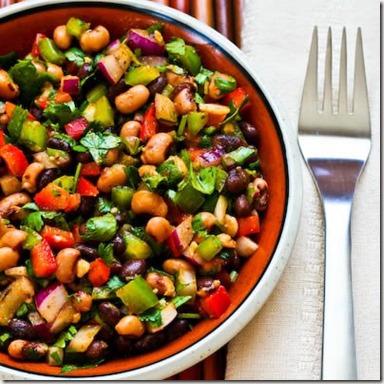
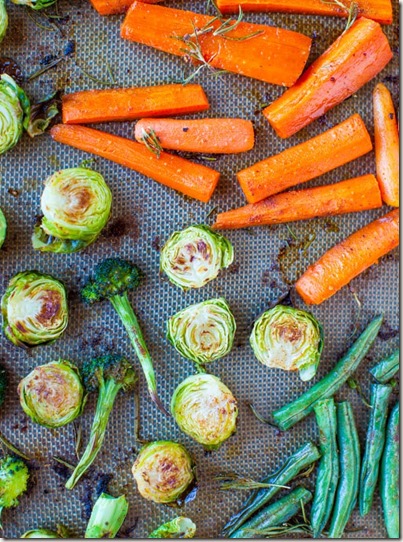
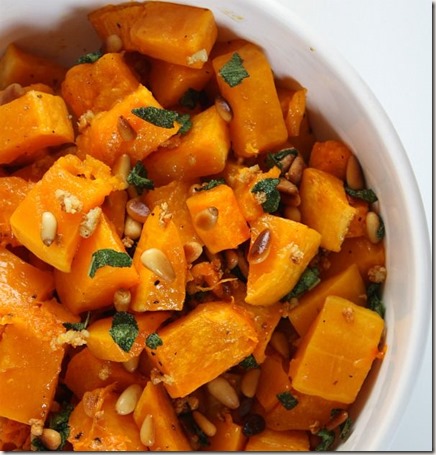
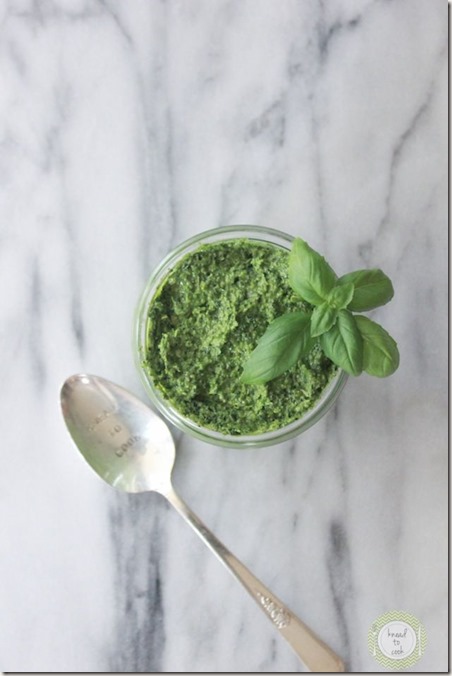
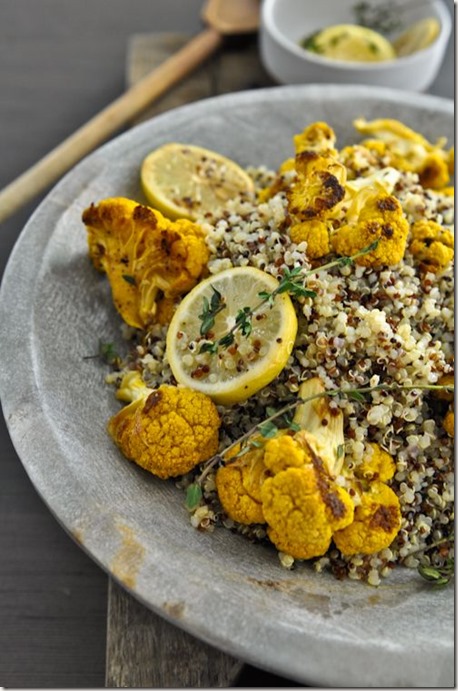
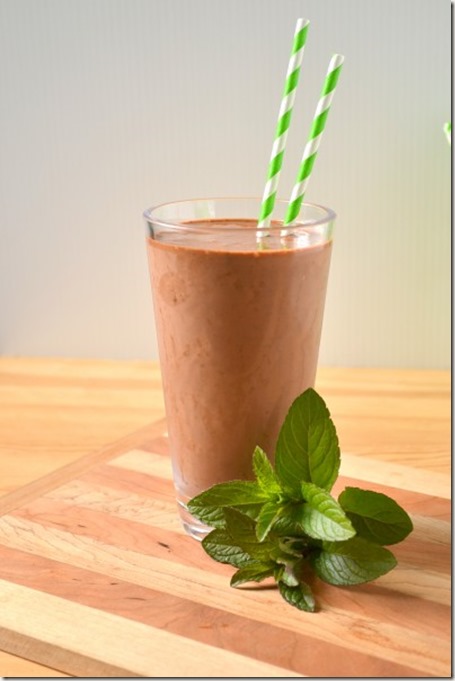
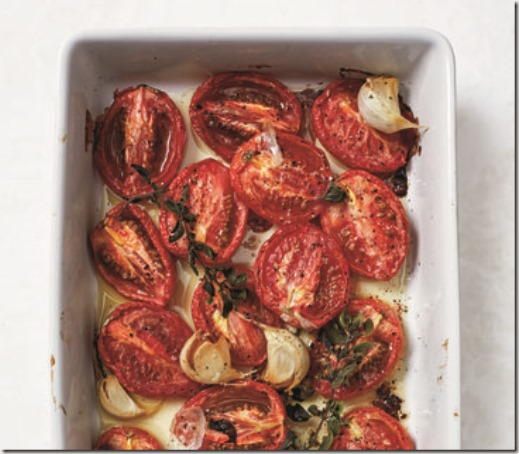



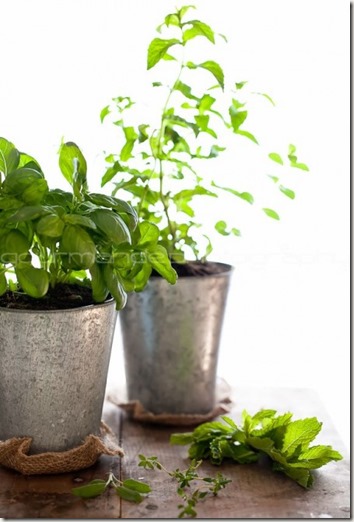
This looks exquiste!
Nice blog Jen. Good info. How’s it going? Work any better?
Sent from my iPad
>